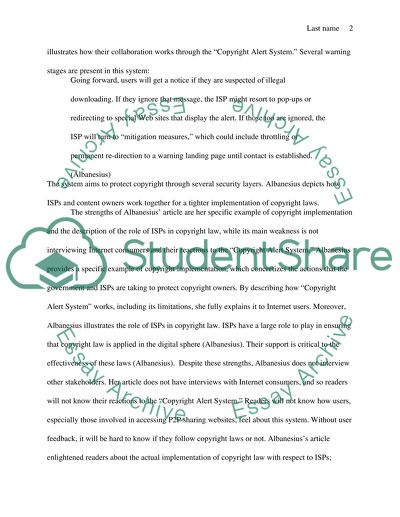Cite this document
(“Copyright in digital media Essay Example | Topics and Well Written Essays - 2500 words”, n.d.)
Retrieved from https://studentshare.org/english/1403969-copyright-in-digital-media
Retrieved from https://studentshare.org/english/1403969-copyright-in-digital-media
(Copyright in Digital Media Essay Example | Topics and Well Written Essays - 2500 Words)
https://studentshare.org/english/1403969-copyright-in-digital-media.
https://studentshare.org/english/1403969-copyright-in-digital-media.
“Copyright in Digital Media Essay Example | Topics and Well Written Essays - 2500 Words”, n.d. https://studentshare.org/english/1403969-copyright-in-digital-media.


